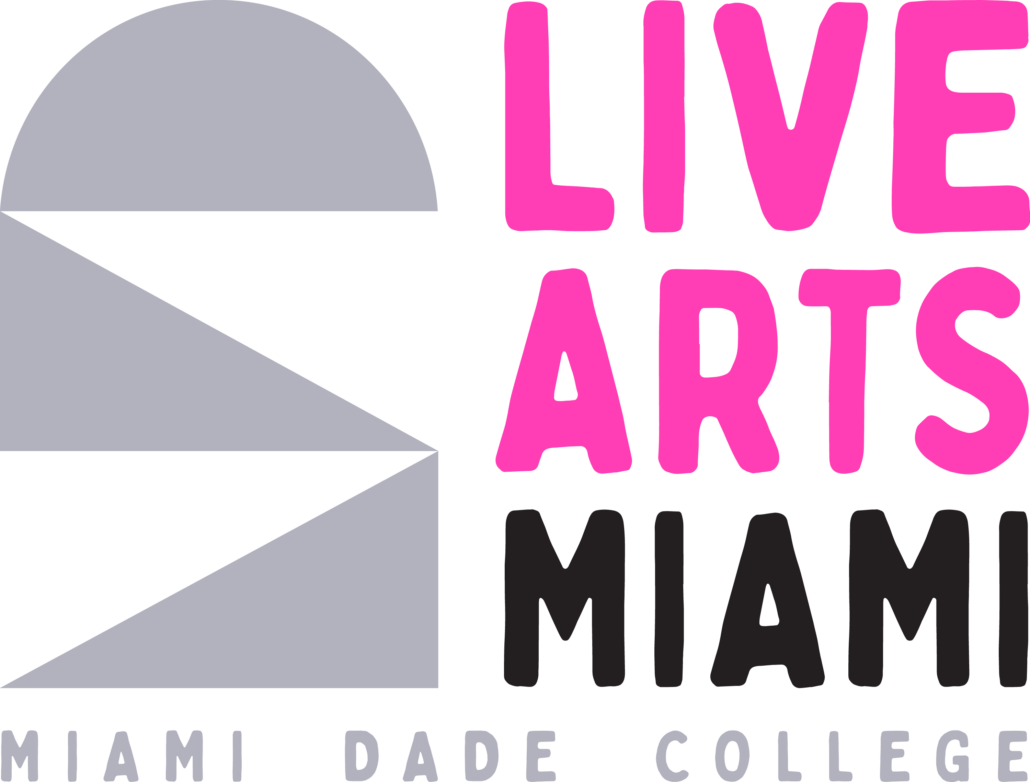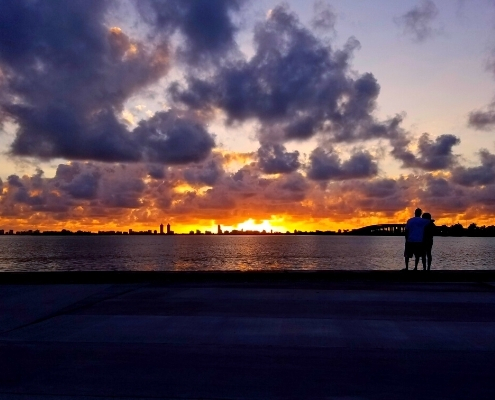Listening Is An Act of Care
On Thursday 30 April, I’m partnering with MDC Live Arts’ EcoCultura initiative and Venture Cafe to offer an online workshop on how to set up an audio livestream from your balcony or yard. During the presentation, I will introduce the principles of acoustic ecology and teach participants how to share their soundscape with other people listening around the world for a 24 hour radio broadcast called Reveil which coincides with International Dawn Chorus Day. As I prepare for these events, it seemed like a good moment to trace how I came to involve sound in my work, and why these events are important to me.
About 15 years ago, I was fortunate to receive a research grant for travel while I was a graduate student in the School of Art at Carnegie Mellon University. I intended to make a documentary video about carpet weaving in Iran, my ancestral homeland. It was an overly ambitious project for me at that time. I didn’t have filmmaking experience and I hadn’t done much ethnographic field work. The personal significance of a return to Iran only served to complicate the technical and research challenges. Though I was a student of visual arts, I had always made projects that involved other elements. Texture, smell, performance, movement, and interactivity have been features of my work from the early days. The footage I collected was probably not very good, but I learned something about myself and my relationship to images.
I knew that the apparatus of the camera changed the relationship between me and the people I was recording, with whom I would only spend a short amount of time. Language and cultural barriers enhanced the awkwardness. People transformed for the camera, some might say they performed, and I did too. Plenty of documentary filmmakers could serve as models of how to elegantly address this tension, but I was not ready yet.
My clumsiness with the carpet project did not deter me from continuing to gravitate to ethnographic research. It happened to be around the time that podcasting caught fire, and I was able to learn more about audio documentary. I was fortunate to encounter communities of practitioners for whom images were not the dominant form of communication. I attended workshops, conferences, and learned as much as I could from the worlds of radio journalism and oral history.
A relational shift took place when the camera was missing. With permission to let go of the image and only a microphone between us, the people I interviewed were more at ease. I too had a greater capacity to be fully present in the process. I learned quickly that you don’t have to say or ask too many questions, which is exemplified in the work of people like Studs Terkel. Everyone has significant stories, and everyone longs to be heard. The microphone was still a gadget held between us, but a focus on audio recording signaled my commitment to listen. With more experience, I have learned to create this dynamic behind the lens too, but my early experiences shaped the prerogatives for my future work.
When catching up with friends, I sometimes find myself rambling a bit too long or needlessly interrupting. Our intimacy animates me, I am excited to transmit. Recorded interviews are different because my personal desire to be heard and seen is quelled. The microphone is a portal to open myself up, to receive. I try to practice this with my loved ones as well because I want to be better at listening without the recording. Listening is an act of care. It requires active engagement but also requires a fierce passivity. For me, the ability to receive is easier with strangers, absorbing the other comprises the work of navigating from stranger to friend. But to build intimacy, listening-as-caring must continue beyond this threshold. The transmission and the reception must work in reciprocity. And over the years I began to realize that this process can and should extend beyond our human relations.
In a 2016 essay for The New Yorker, musicologist Kerry O’Brien argues that composer Pauline Oliveros dedicated her life to the art of listening as a form of activism. Oliveros described listening as a necessary pause before thoughtful action: “Listening is directing attention to what is heard, gathering meaning, interpreting and deciding on action.”
In a world that is oversaturated with mediated communication, where we direct our attention is big business. Attention must be paid. In recent years, I have chosen to focus a great deal of my attention on ecological issues. How can we hold more productive conversations between people and places? Environmental justice scholar Monica M. White reminds us that “land is a living being and the scene of a crime.” What can we learn if we listen to the stories of the land and water around us? How can this listening enable us to reckon with our past, present, and future?
Able-bodied people often approach landscapes as places to be seen, to be gazed upon, rather than places to listen, to be understood through our sense of hearing. This is a feature of American culture’s European roots, which have long prioritized vision over other ways of knowing. However, our sensory experiences are intersectional, they are overlapping and interdependent on one another. My attention to the act of listening is not directly tied to the sense of hearing, a distinction I came to understand better by studying the work of Oliveros.
In her handmade book called You are a pattern of sounds, space is a body responding to you, artist Gwyneth Zeleny Anderson describes listening as a “voluntary, focused act of perception… not only in reference to the perception of sound, but also to physical sensations, memory, mood, imagination, etc.” I would like to invite you to practice a shift in perception this weekend, during a 24+ hour live broadcast of soundscapes around the world.
The first weekend in May has been designated as International Dawn Chorus Day, when people all around the world take time to listen to the intensified sounds of the world waking up. At first light, many species begin their activities and their song and chatter in what is referred to as the dawn chorus
While parks and other public lands are closed in South Florida due to the Covid-19 restrictions, I’m taking the opportunity to set up my tent and spend the night outside in my own backyard on Friday night. Early on Saturday May 2, I will be livestreaming the sounds of my yard for anyone in the world to hear, which you can find at http://streams.soundtent.org/2020/streams/utc-4_miami-fl
You can join in and broadcast your sounds too, or you can simply tune in online to other people’s environments on the Locus Sonus map.
If you don’t have a tent or a yard, you can still set your alarm to wake up in time to catch civil twilight. This is the period of time when the sun hasn’t fully come up above the horizon, but darkness is beginning to diminish.
Using just your phone and wifi, you can contribute to a 24+ hour radio transmission of live sounds of daybreak from your own home. This broadcast is called Reveil. A collective of sound artists, radio producers, and acoustic ecologists begin their curated sampling of open microphones on the morning of Saturday May 2 just before daybreak near the Greenwich Meridian. As the earth turns on its axis, the live broadcast moves slowly westward, picking up audio feeds one by one. In this way, the event tracks the sounds of sunrise from microphone to microphone, from location to location, until the morning of Sunday May 3 in the eastern hemisphere.
You can also participate without technology, and just tune your body to receive transmissions from your environment, to fully embody the act of listening and perceiving. I don’t often wake up at sunrise, and when I do, I might be inside making my cup of coffee instead of outside witnessing the transition from light to dark, from stillness to movement. This weekend is a reminder and an invitation to pause and notice the world in a different way that shifts my usual habits and perceptions. I will feel the temperature of early morning air on my skin, smell the trees, taste the humidity, and join the morning conference call of a myriad of different species. I invite you to tune in.


Leave a Reply
Want to join the discussion?Feel free to contribute!